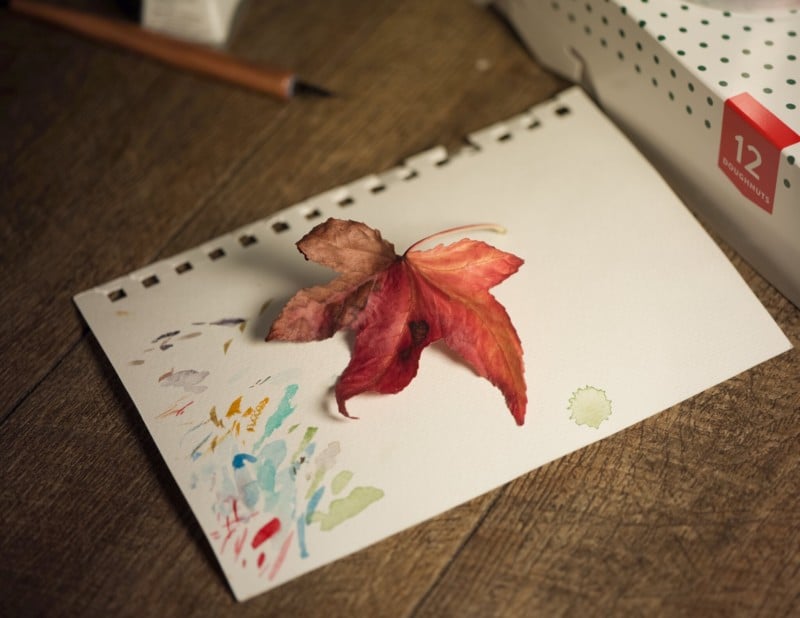
A photographer built a DIY medium format camera from an Epson flatbed scanner and shot a 514-megapixel picture with it.
Ryan Kojima tells PetaPixel that his project is not new and first built the Frankenstein camera 10 years ago. However, he has extracted more and more performance from it, recently capturing a 514-megapixel image.
Kojima, the first person to ever convert an Epson CCD scanner into a digital camera, says: “The camera works as a normal scanner basically.
“The original scanner uses an x5 lens to shrink down an A4 image to project an image to the CCD sensor.
“The linear CCD sensor length is about 45mm. I removed the lens, put it on a linear slider, and added gears to reduce speed to 1/5.
“The camera’s lens mount is a Mamiya 645. Their lens quality is not bad and also the lenses are cheap for medium format lenses.”
In the above YouTube video from early 2022, Kojima explains he first made his DIY scanner camera back in 2011.
“It uses a linear CCD instead of an area CCD,” he says.
A linear CCD moves while it’s recording a photo, meaning that the subject must remain still.
“The advantage of using a linear CCD is that it can capture a much larger image area without having a massive CCD,” says Kojima.
“My scanner camera can capture about the same size as a 645 medium format film, that’s still considered a high-end camera today.”

Because of improvements to his PC, Kojima attempted to shoot a photo at an enormous 4,800 dots per inch (DPI). The resulting file was two gigapixels, making it difficult to edit in Photoshop. So he scaled it down to 1,200 DPI and the file came out at 514 megapixels.
The resulting photo can be viewed in all of its glory here.
Linear CCD vs Area CCD
Kojima says that area CCD sensors don’t actually capture true color pixels.
“Each pixel can capture only one channel, which is red, green, or blue. The digital signal processor calculates other channels’ values by using neighborhood pixels. This is called interpolation.
“On the other hand, linear CCD will capture the pixel three times for each channel. As a result, linear CCD can capture ‘true’ color, unlike area CCD.”
However, Kojima says the disadvantage of a linear CCD is that it’s “ultra-slow and it can only capture still objects.”
Gimmicks and Tricks
Kojima says that making the scanner was a lot of trial and error.
“It’s not designed to capture images from natural light,” he says. “I needed to make some gimmicks to trick the scanner to avoid initialization errors.”
These gimmicks include adding another gear to reduce the CCD’s speed and installing a lightbox to trick the scanner’s firmware.
Kojima adds that he hopes Epson might release the old firmware source code. Because he is a software engineer, he could add exposure controls to his DIY camera.
More of Kojima’s photos can be viewed on his Flickr.
Image credits: All photos by Ryan Kojima.







